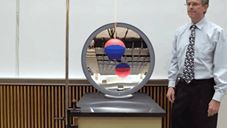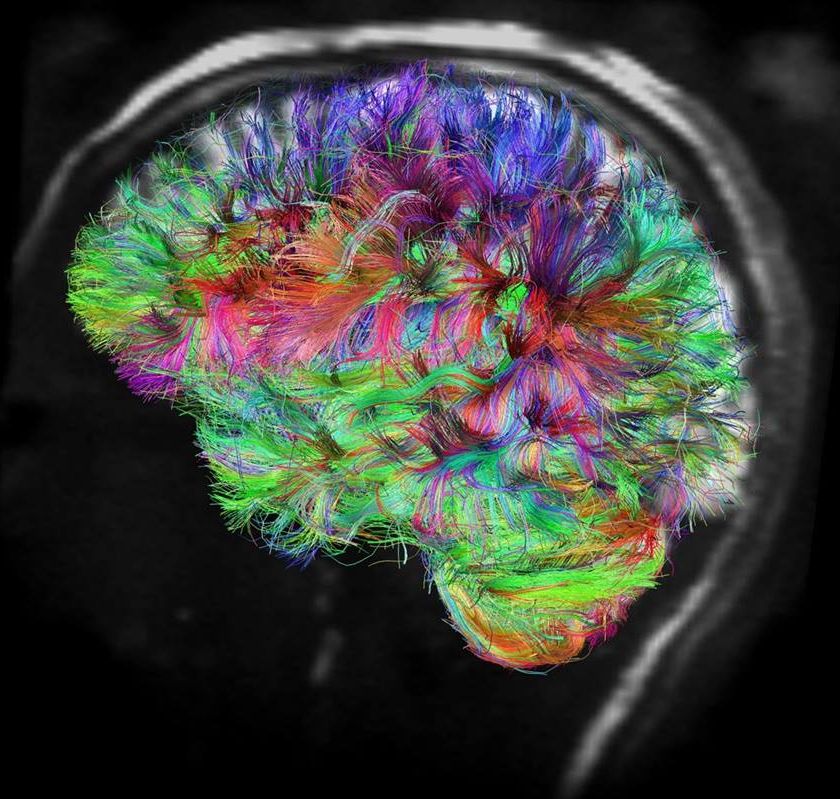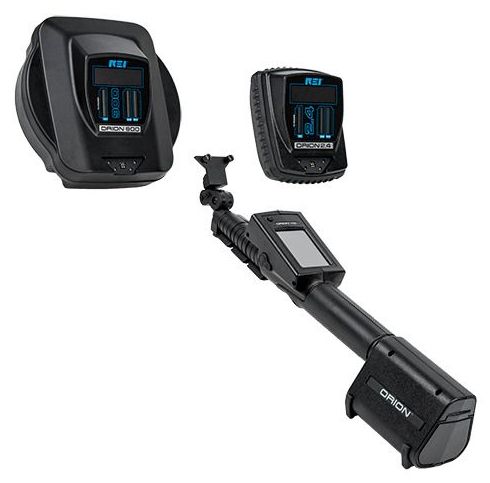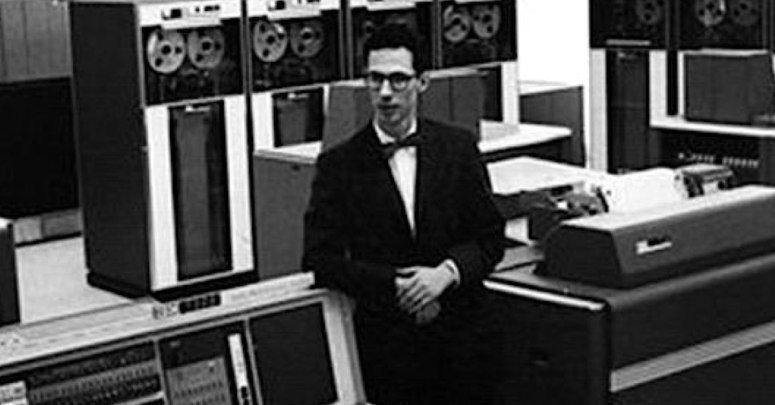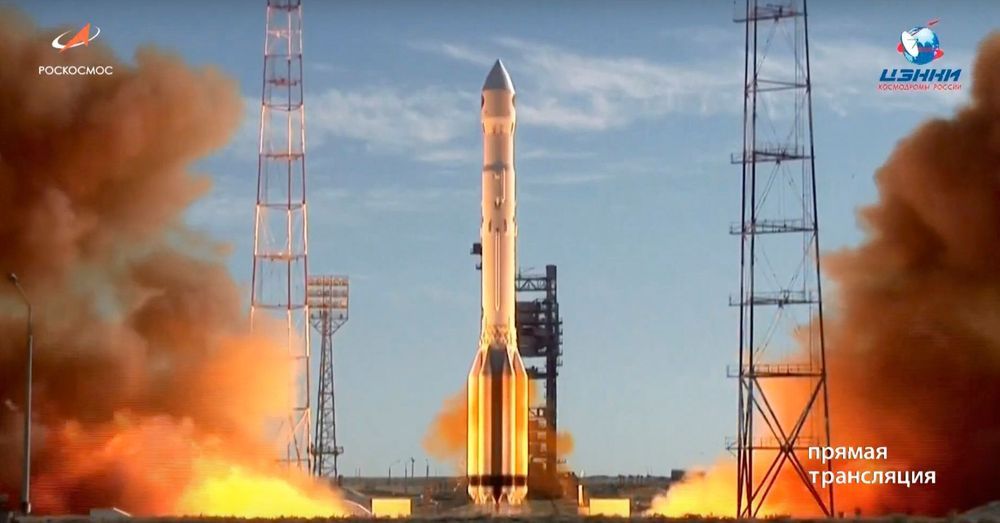Page 7636

Boeing is building a killer robot which will “decide when, where — and who — to shoot”
Lethal. Cheap. Smart. Australia’s air force will become one of the first in the world to put ‘killer robots’ in the skies alongside its combat pilots. But are we opening a Pandora’s box?
Jul 14, 2019
Francine Shapiro, Developer of Eye-Movement Therapy, Dies at 71
Posted by Fyodor Rouge in category: futurism
Dr. Shapiro’s technique for dealing with trauma was initially met with some skepticism. But it has attracted devotees worldwide.
Jul 14, 2019
About the Fuss: Is Bitcoin really important?
Posted by Philip Raymond in categories: bitcoin, cryptocurrencies, economics
This afternoon, an automated bot at Quora suggested that I answer a reader question. Quora is essentially an “Ask the expert” web site. It is the world’s largest, cataloged and indexed Q&A repository.
This is the question I was asked to answer:
Some pundits believe Bitcoin is a fad, while others seem to feel that it is better than sliced bread. I like sliced bread.* Is Bitcoin really that cool? —Or is it just a lot of Geeky hype?

One other columnist answered before me. Normally, I pass on an invitation, if a question has already been answered. But in this case, the individual answering the question has yet to see the light. He has wandered into the Church of the Blockchain, but he just didn’t realize that the man sweeping the floor is the prophet.
Continue reading “About the Fuss: Is Bitcoin really important?” »
Jul 14, 2019
Non-Linear Junction Detectors (NLJDs)
Posted by Richard Christophr Saragoza in categories: computing, mobile phones
The ORION™ Non-Linear Junction Detector (NLJD) detects the presence of electronics, regardless of whether they are radiating, hard wired, or even turned off. Electronics containing semi-conductor properties return a harmonic signature the ORION NLJD can detect when radiated with RF energy. An NLJD detects physical properties, and not energy emissions. Therefore, devices that contain circuit boards and their components, like cell phones, video cameras, and microphones can be detected by the ORION NLJD.
How does a non-linear junction detector work?
The NLJD antenna head is a transceiver (transmitter and receiver) that radiates a digital spread spectrum signal to determine the presence of electronic components. When the energy encounters semi-conductor junctions (diodes, transistors, circuit board connections, etc.), a harmonic signal returns to the receiver. The receiver measures the strength of the harmonic signal and distinguishes between 2nd or 3rd harmonics. When a stronger 2nd harmonic is represented on the display in red, it indicates an electronic junction has been detected. In this way, a hand-held ORION is used to sweep walls, objects, containers, furniture, and most types of surfaces to look for hidden electronics, regardless of whether the electronic device is turned on.
Jul 14, 2019
EX VIVO LUNG: Transplant surgeons at Toronto General Hospital make medical history
Posted by Richard Christophr Saragoza in categories: biotech/medical, robotics/AI
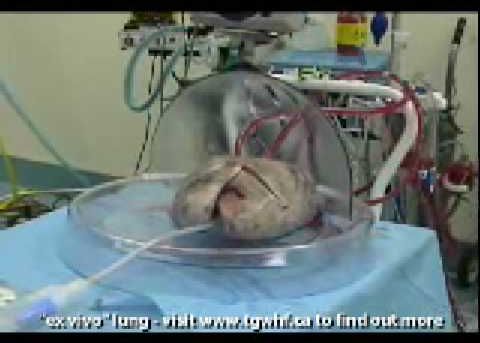
This can also be done with a brain in a jar hooked-up to A.I…
*** As featured on the Colbert Report — June 4, 2009 ***
Jul 14, 2019
HITACHI GLOBAL : News Release : Hitachi Develops a New RFID with Embedded Antenna MU-Chip
Posted by Richard Christophr Saragoza in category: computing
Jul 14, 2019
In memoriam – Corby Corbató, MIT computer science pioneer, dies at 93
Posted by Genevieve Klien in categories: computing, science
Fernando José Corbató, Turing Award winner, computer scientist extraordinaire, MIT computer lab pioneer, RIP.
Jul 14, 2019
Russia Launches Telescope Into Space To Map The Cosmos In ‘Outstanding’ Detail
Posted by Genevieve Klien in categories: cosmology, evolution
It would be the first-ever map of the universe in high-energy X-rays, Nature magazine noted.
Such a map “will be essential to solve the core questions of modern cosmology,” Roscosmos said in a press release. “How do dark energy and dark matter affect formation of the large-scale structure of the Universe? What is [the] cosmological evolution of supermassive black holes?”
The agency added that the telescope, which has reportedly taken decades to develop, is expected to find about “100,000 massive clusters of galaxies” and millions of supermassive black holes ― many of them new to science ― over a four-year survey period.
